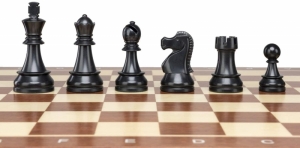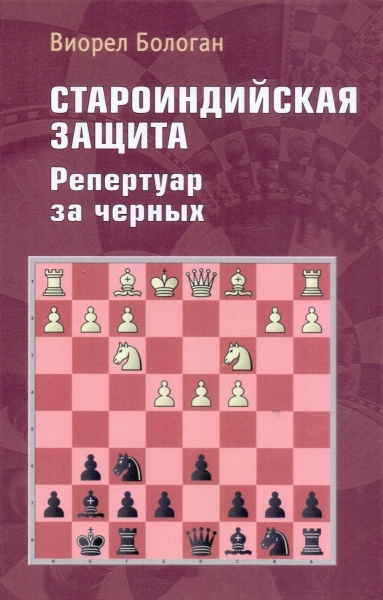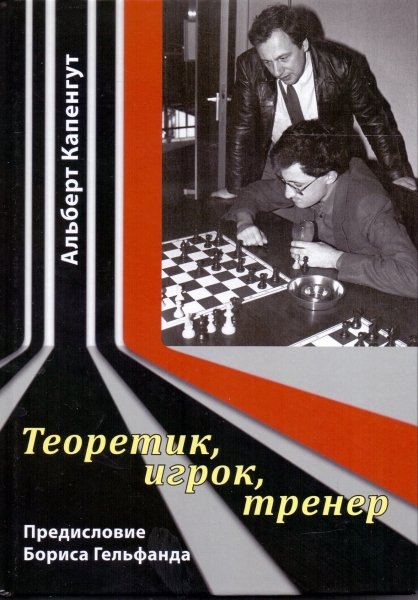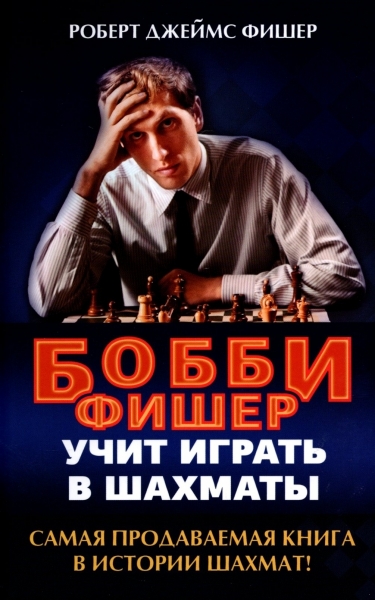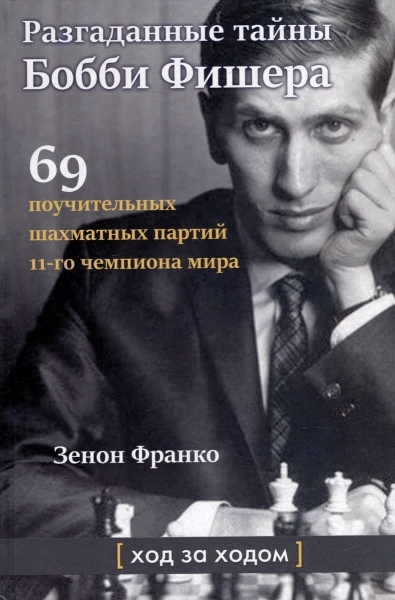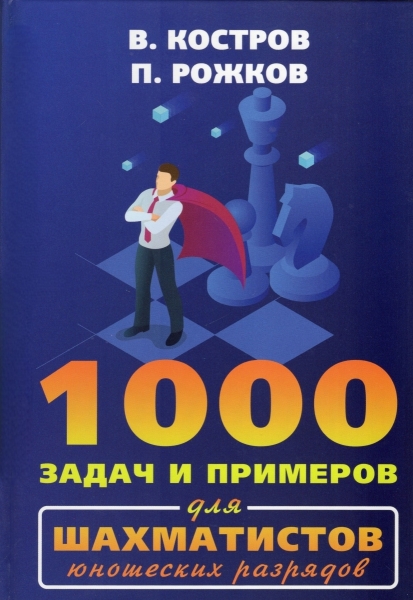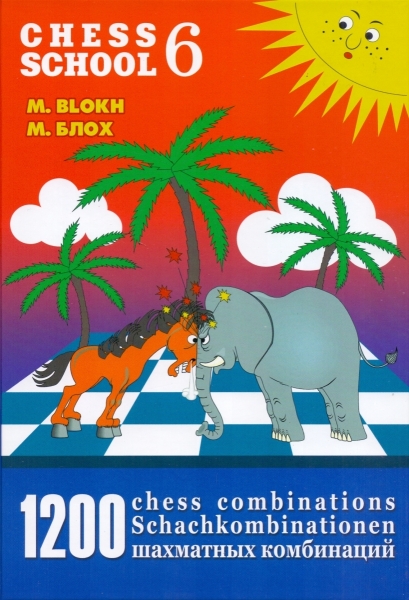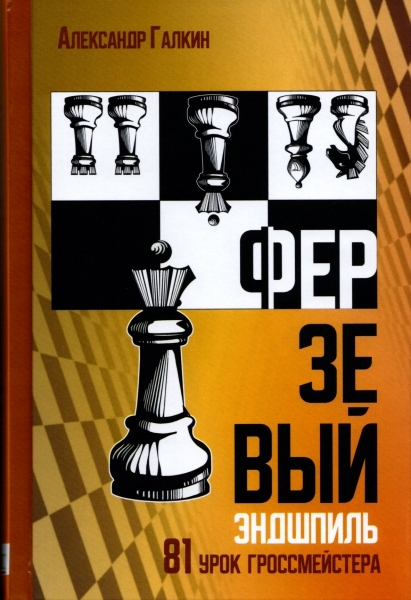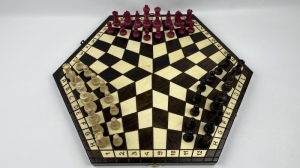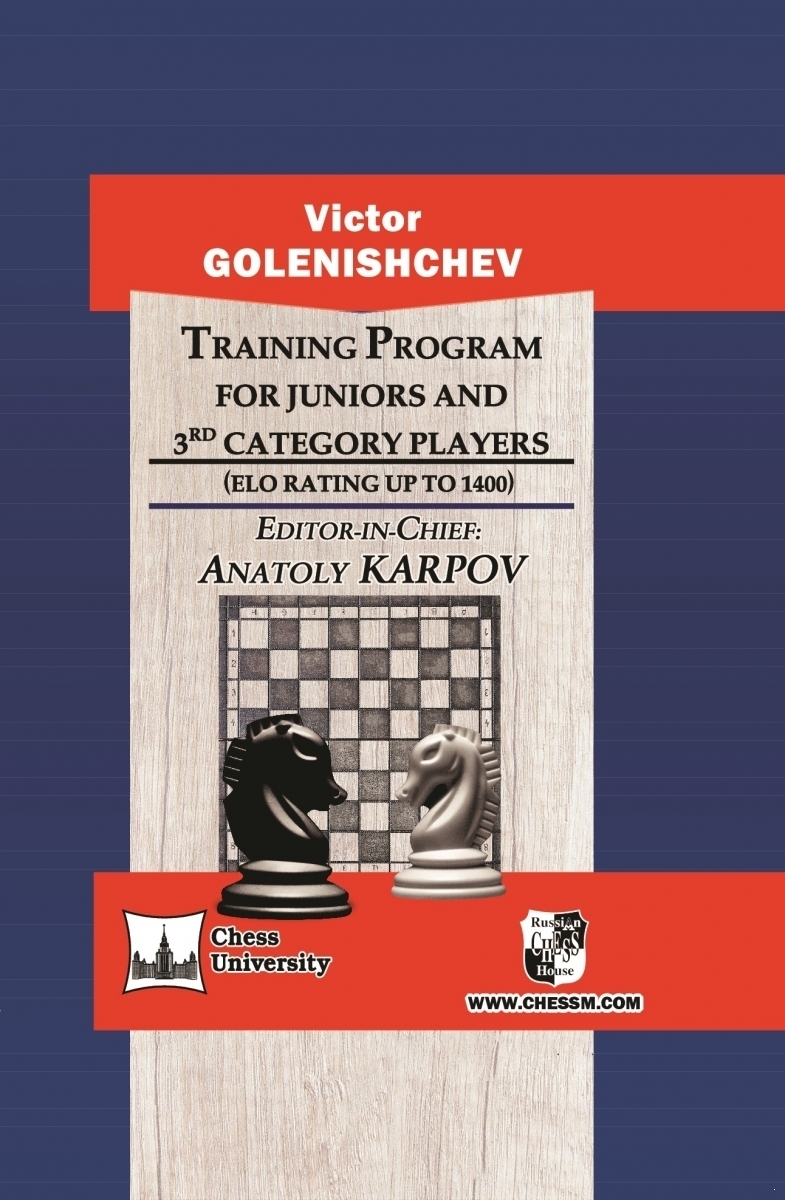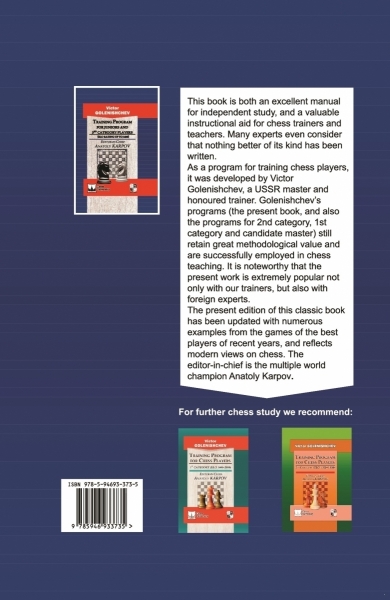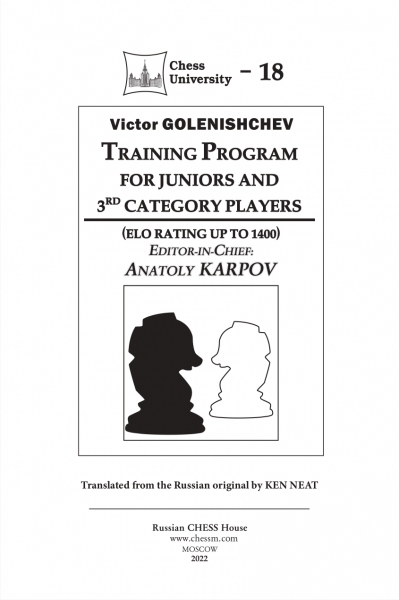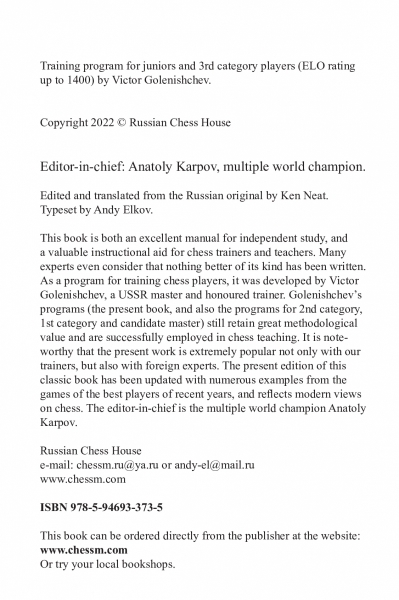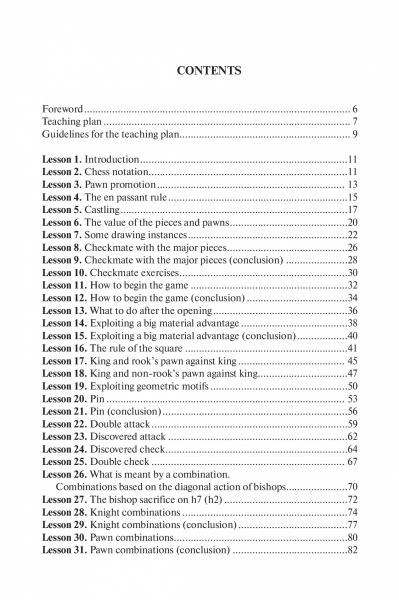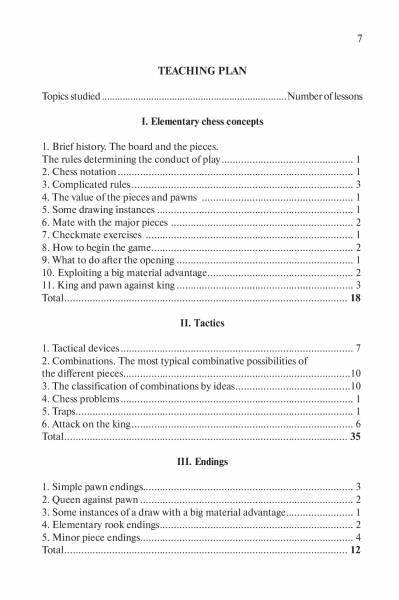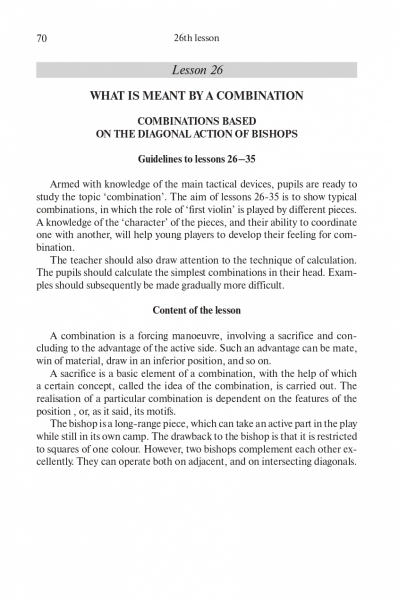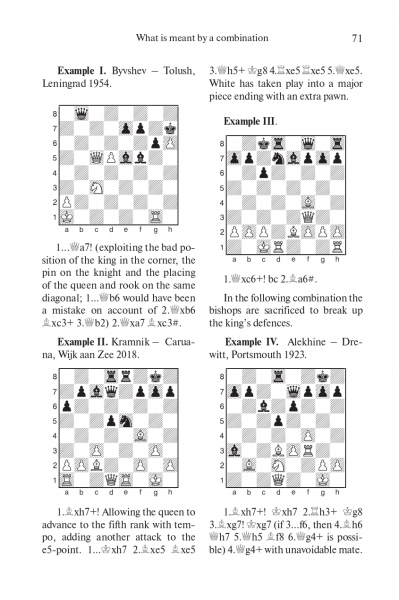e-book
Training program for juniors and 3rd category players (ELO rating up to 1400)
- ISBN: 978-5-94693-373-5
- Publisher: Russian Chess House
- Author(s): Golenishchev, Golenishchev
- Year of issue: 2022
- Language: English
- Size: Normal
- Volume: 185
- Binding: Hard
e-book
11.39 $
paper book
22.80 $
Description:
This book is both an excellent manual for independent study, and
a valuable instructional aid for chess trainers and teachers. Many
experts even consider that nothing better of its kind has been written.
As a program for training chess players, it was developed by Victor
Golenishchev, a USSR master and honoured trainer. Golenishchev’s
programs (the present book, and also the programs for 2nd category,
1st category and candidate master) still retain great methodological
value and are successfully employed in chess teaching. It is noteworthy
that the present work is extremely popular not only with our
trainers, but also with foreign experts. The present edition of this
classic book has been updated with numerous examples from the
games of the best players of recent years, and reflects modern views
on chess. The editor-in-chief is the multiple world champion Anatoly
Karpov.
This program is intended for the teaching of chess in schools and junior
clubs, and is aimed at trainers, teachers and club organisers, working with
young chess players.
The program assumes that the pupils know the moves of the pieces and
understand the aim of the game, although the more complicated rules will
be unfamiliar to them.
The teaching plan is aimed at 75 lessons (twice a week, each of two hours)
– a total of 150 hours.
The scheme of a lesson is roughly as follows: checking of home
assignment, explanation of theoretical material, recording by the pupils of
the home assignment and a practical part. The length of the theoretical part
of the lesson should not exceed 20-30 minutes, since most of the pupils will
be in junior school classes. Chess attracts them above all as a game, and in an
effort to cover too much the teacher may kill the keen interest of the young
listeners.
-
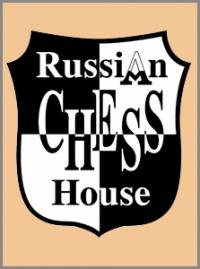 The life of a chess player in the system. Memories of the grandmaster
Author:
The life of a chess player in the system. Memories of the grandmaster
Author:
Averbah 45.00 $ -
 Три матча Ботвинник-Смыслов
Author:
Три матча Ботвинник-Смыслов
Author:
Botvinnik 45.00 $ -
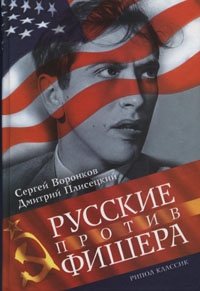 Russians vs Fisher
Author:
Russians vs Fisher
Author:
Voronkov 65.00 $ -
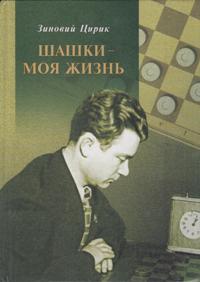 Checkers is my life
Author:
Checkers is my life
Author:
Ciric 87.50 $ -
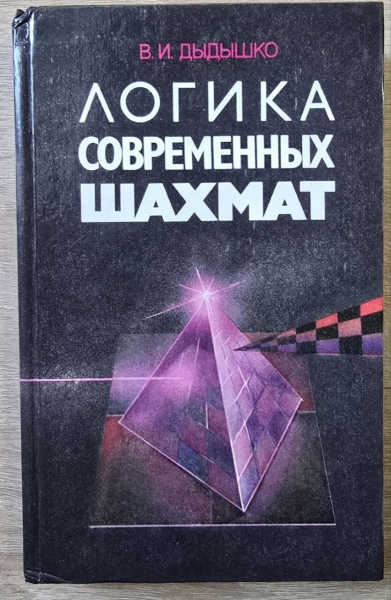 The logic of modern chess
Author:
The logic of modern chess
Author:
Dydyshko 72.50 $ -
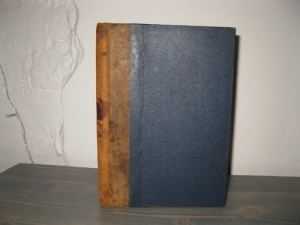 Siegbert Tarrasch. The Queen
Author:
Siegbert Tarrasch. The Queen
Author:
Tarrash 72.50 $ -
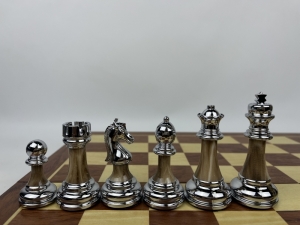 High quality acrylic metal heavy chess pieces with wooden board
202.50 $
High quality acrylic metal heavy chess pieces with wooden board
202.50 $
-
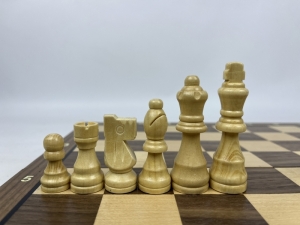 Wooden magnetic Staunton chess with a lock (silver)
56.25 $
Wooden magnetic Staunton chess with a lock (silver)
56.25 $
-
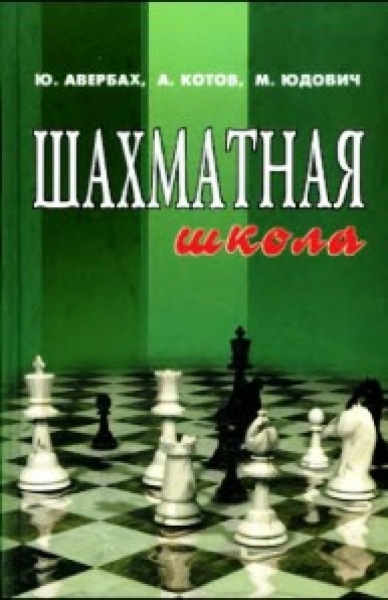 Chess school
Author:
Chess school
Author:
Averbah 15.00 $ -
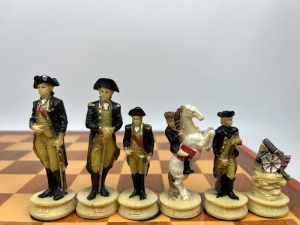 The chess set of The Chessmen. US war - Great Britain
325.00 $
The chess set of The Chessmen. US war - Great Britain
325.00 $
 Русский
Русский  Английский
Английский 